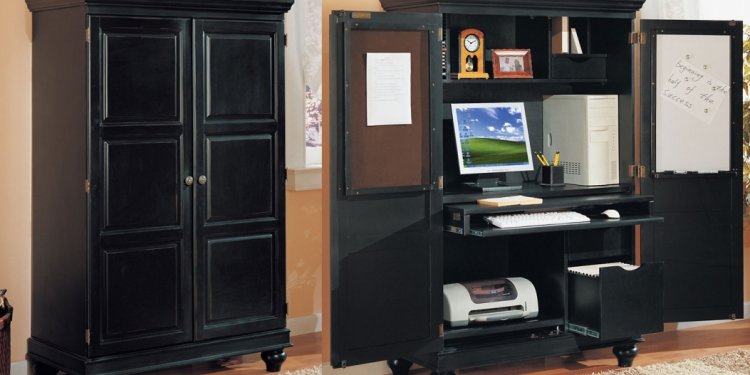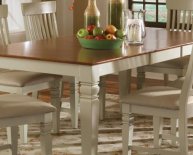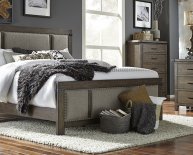
Narrow Computer Armoires
This is a lesson in using a computer to design your own woodworking projects. It is how we design all our computer desks but you can use the same approach to design anything you need. For an example, we will be using The Student Armoire Desk.
If you like our fun Freebies, remember we can only keep this Web site open if we sell our Low-Stress Computer Furniture Plans or you follow our ad links and make purchases from our sponsors. Thank you.
Starting the drawing
The first thing to do is start a new drawing. For furniture, I usually use a 1:10 scale (printout to real world) and place the origin at the lower left hand corner. I then lay out the drawing in terms of 8.5 by 11 pages because that is the size my printer handles. I set the margins to be just slightly wider than the printer minimally requires.
Layers are a very powerful tool for doing this kind of drawing. I usually define the following six layers:
- - Desk (black, wide solid lines)
- - Guide Lines (purple, narrow solid lines)
- - Computer (red, narrow solid lines)
- - Text (blue)
- - Dimensions (dark green, narrow solid lines)
- - Hidden Lines (dark green, narrow dashed lines)
Each layer has a default color, line width, and line type associated with it.
I use the lower left page as the front view, the side view to its right, and the top view above it. The front and side view may fit in on one page for small projects. I also drawing in a green line to represent the floor in the front and side views.
Measuring Your Equipment
Measure each piece of equipment (computer, monitor, etc.) that you wish to include in the piece. Draw them up as simple boxy front, side, and top views on the Computer Layer. If you are not working on a computer desk, you may need to draw up your TV or sewing machine. Save each view as a separate library image.
If you think you might someday buy a new type or larger piece of equipment, go to the store and measure the size of the larger device.
Also if you are using a near finished part such as a turned leg or a drawer, draw these up on the Desk Layer and put them in a library.
Placing the Equipment
Arrange them in mid air to suit your needs and specific space. We have an exercise on our Web Site to help you work out the best arrangement of the key components. It is called

















